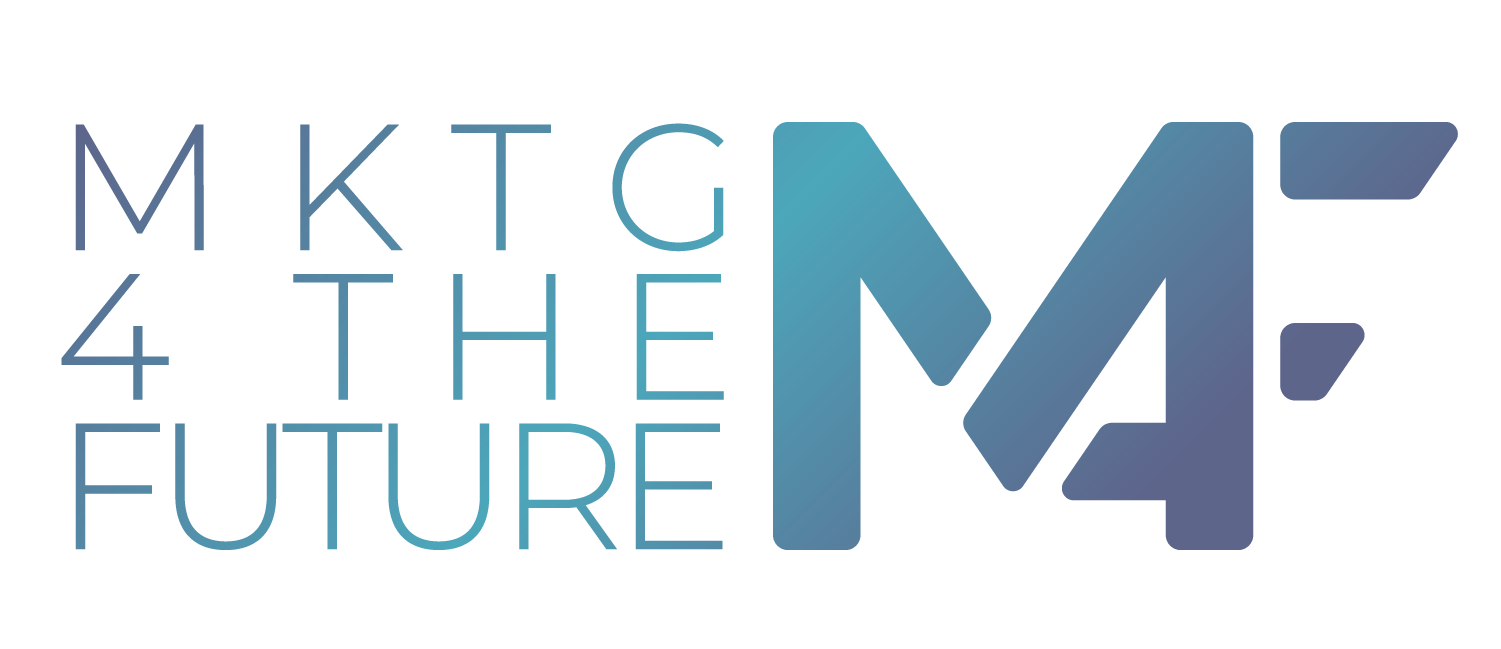How to claim authorship
How to claim authorship on your website or blog. Via Google
Option 1: Link your content to your Google+ profile using a verified email address.
Don’t have an email address on the same domain as your content? Follow the instructions listed in Option 2 below.
- Check that you have a email address (for example, levy@wired.com) on the same domain as your content (wired.com).
- Make sure that each article or post you publish on that domain has a clear byline identifying you as the author (for example, “By Steven Levy” or “Author: Steven Levy”).
- Visit the Authorship page and submit your email address to Google. No matter how many articles or posts you publish on this domain, you only need to do this process once. Your email will appear in the Contributor to section of your Google+ profile. If you want to keep your email private, change the visibility of your link.
- To see what author data Google can extract from your page, use the structured data testing tool.
Option 2: Set up authorship by linking your content to your Google+ profile
- Create a link to your Google+ profile from your webpage, like this:
<a href="[profile_url]?rel=author">Google</a>
Replace
[profile_url]with the your Google+ profile URL, like this:<a href="https://plus.google.com/109412257237874861202? rel=author">Google</a>
Your link must contain the
?rel=authorparameter. If it’s missing, Google won’t be able to associate your content with your Google+ profile. - Add a reciprocal link back from your profile to the site(s) you just updated.
- Edit the Contributor To section.
- In the dialog that appears, click Add custom link, and then enter the website URL.
- If you want, click the drop-down list to specify who can see the link.
- Click Save.
- To see what author data Google can extract from your page, use the structured data testing tool.

